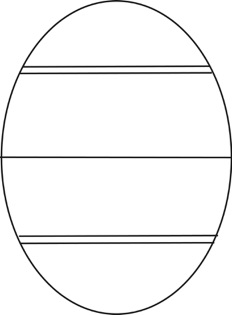Barylka
Division
Barylka
Division

The “Barylka” (little barrel) division is a common one in Carpathian (Hutsul, Pokuttian, and Bukovynian) pysanky, and is found with some frequency in most regions. There are usually multiple bands around the egg, with a wider primary band, and mirrored secondary bands, as in these two examples from Binyashevsky; the pysanky are Hutsul (Kosmach) and Bukovynian:


Barylky can be simpler, as in these pysanky from Western Podillia (Borshchiv), Kherson and Volyn:



To create a barylka division, start by drawing a line around the middle of the egg as in the Equatorial division (A). The easiest way to do this is with a craft lathe of some sort; if you don’t have one, follow the directions previously given.

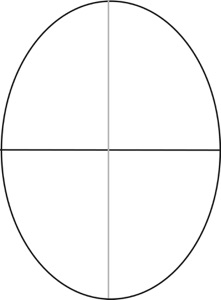

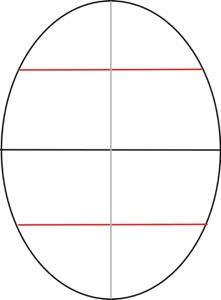
A B
This is your basic barylka. Additional bands can be produced by repeating the process, either with measuring and dots, or with a lathe (C and D).
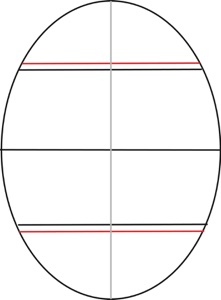

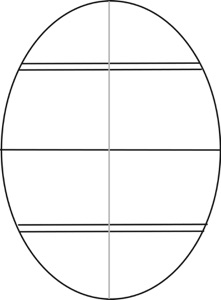
C D
The result, once you’ve waxed the lines, is this simple barylka:
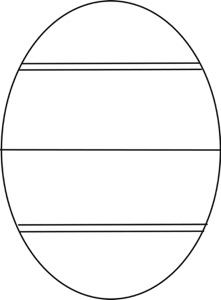
I personally find it useful, in this (or any) division, to have both the longitudinal (up and down) and horizontal lines pencilled in, whether you use them or not in your final design. Dividing your egg thusly helps in the even placement of motifs, by making it easier to center them, and helps keep your designs symmetric. This is particularly true with the barylka division, as most patterns have repeating motifs in the bands.
Back to Main Writing Pysanky page
Back to Main Pysankarstvo page
Note: All photos, illustrations and text © Luba Petrusha 2007 and 2017. All Rights Reserved. Reproduction prohibited without expressed consent. May contact via e-mail (link below).
Equatorial Bands
